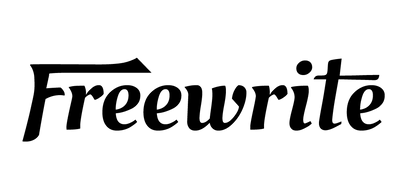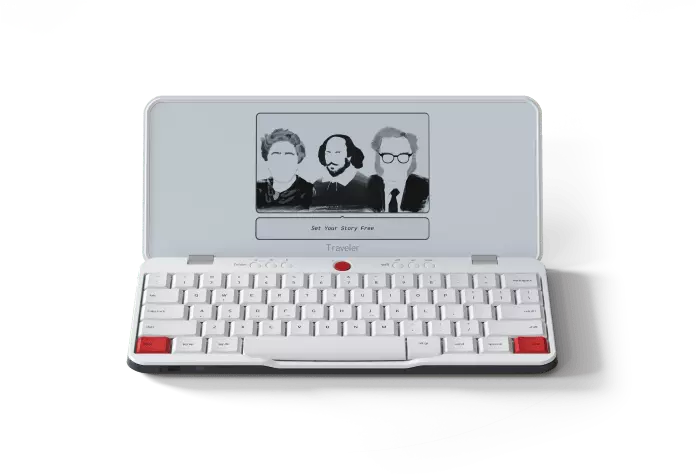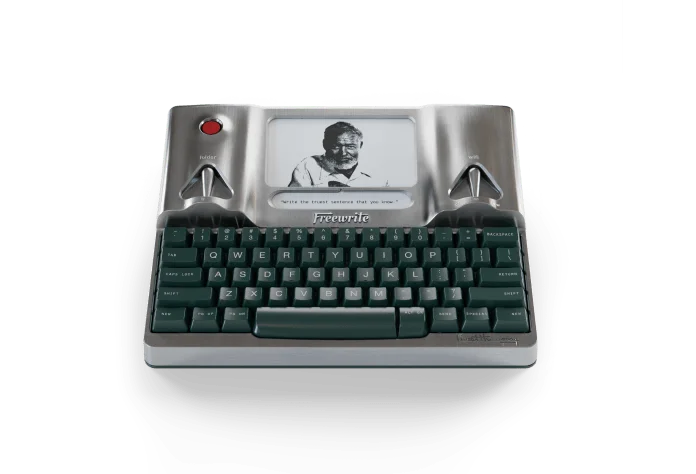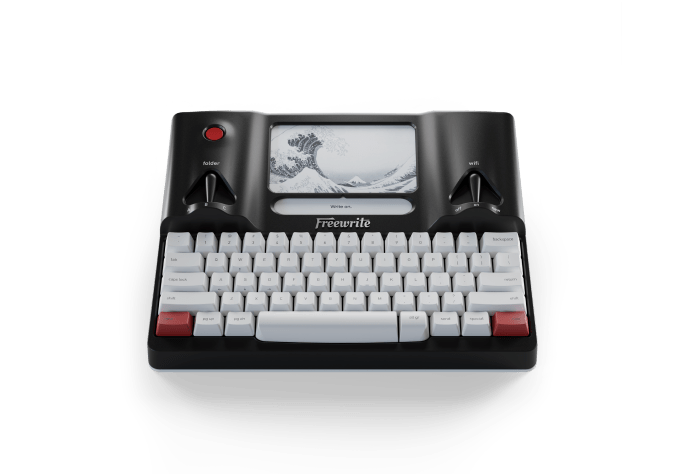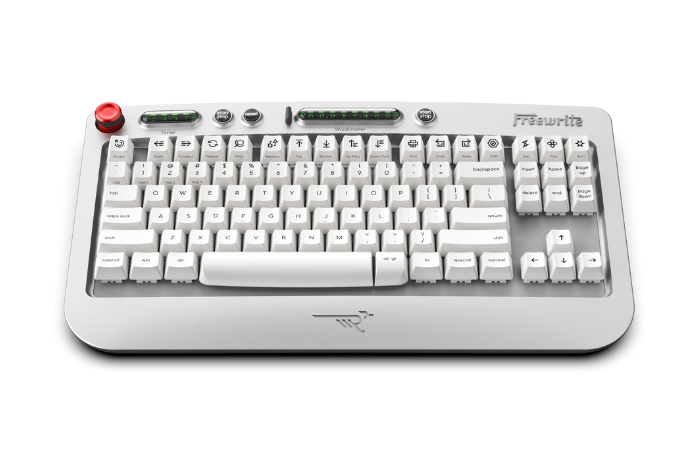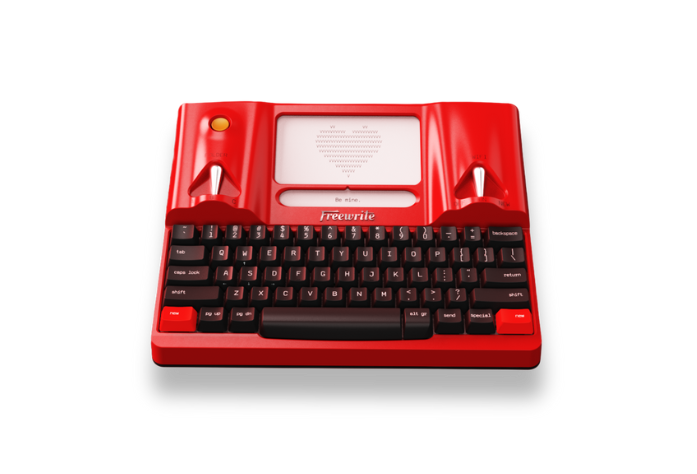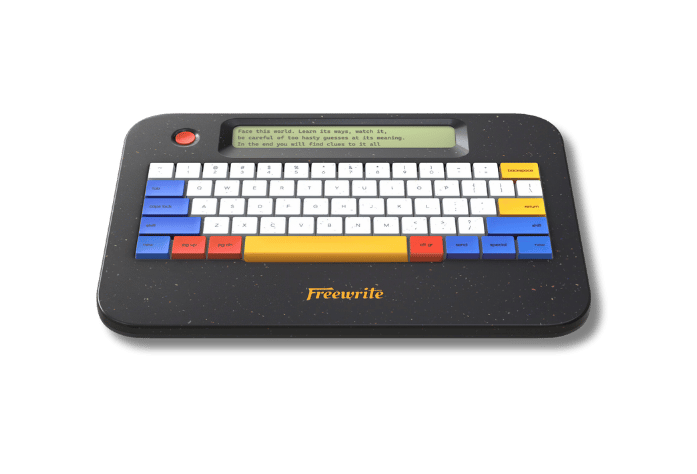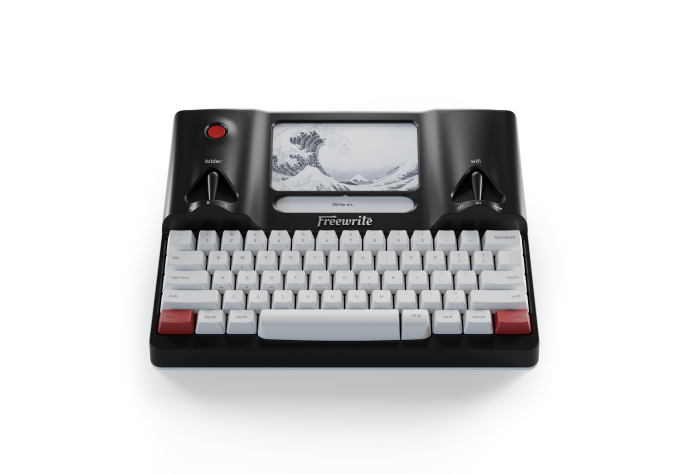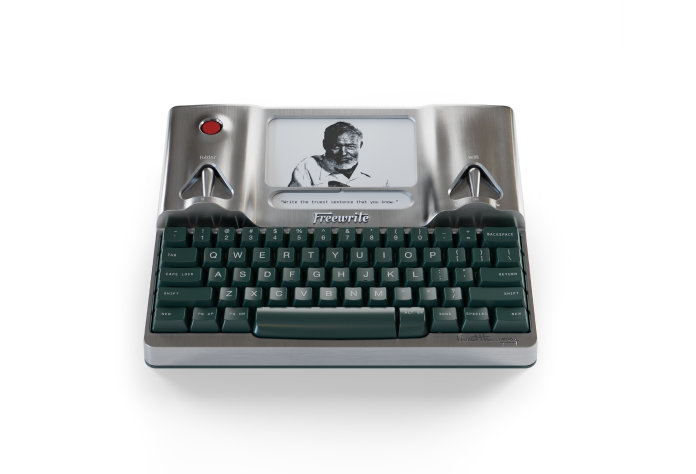From literature to film and pop culture, nothing screams Halloween quite like the legendary witch — and all that comes with her. Black cats. Flying brooms. Potions, cauldrons, knobbly noses, and spellbooks abound.
But what’s up with this ancient caricature? Is it grounded in reality, or is it all just a bunch of hocus pocus?
The history of witches long predates Halloween, as well as the Celtic tradition the modern holiday is rooted in. East to West, North to South, you’d be hard pressed to find a cultural record that doesn’t have its own tradition of witches.

Witchcraft Is Ancient
In fact, witches can be found in some of our earliest written texts.
Both the Judeo-Christian Old Testament and even earlier Mesopotamian clay tablets reference witches as literal figures in human history — not just characters in fiction. These ancient religious documents served warnings about the power of witches and their use of unsanctioned magic to bring about unsavory events.
Now, witches weren’t the only figures using magic in these tomes. But they were specifically called out for using the wrong type of magic — anything that the authors deemed unacceptable.
This is a pattern repeated for thousands of years. It’s not tongue of newt or dead man’s toe that adds a particularly unsavory flavor to the history of witches. No, it’s just straight-up moral panic, and the scapegoating that comes with it.
It’s not tongue of newt or dead man’s toe that adds a particularly unsavory flavor to the history of witches. No, it’s just straight-up moral panic, and the scapegoating that comes with it.
Before we knew much about microbes and mental health, unseen phenomena were explained through magic and religion. Who can blame us? Superstition and intuition were all we had to go on in ancient times. So we chalked up positive events to our deities and good magic, and misfortune and tragedy to malevolent forces, or black magic.
Who practices black magic? Well, maybe the shaman with the unconventional beliefs about health and healing. Or maybe the lippy old hag who defies the male elders in the tribe.
Why settle for explanations out of our control when we could pin misfortune on someone we have beef with? Time and time again, history shows there’s no one in society ripe for a good old-fashioned pillory quite like an opinionated woman.
Crops failed? Cow died? Husband had an affair with the milk maid? Grab the pitchforks and your biggest dunking tub — we’re going witch-hunting.
Time and time again, history shows there’s no one in society ripe for a good old-fashioned pillory quite like an opinionated woman.
A Few Of Her Favorite Things
OK, so we’ve established the background of witches: supernatural scapegoats with ancient magic origins that are more often than not victims of rabid misogyny. But what about her occult accoutrement?
Spells, potions, and bonfires with the Devil make sense. They’ve long been associated with black magic.
Warts, crooked noses, and an obsession with eternal youth? Sign up for your local university’s Gender Studies Program for your primer on portrayals of women in media.
Iconography like brooms and cats, however, call for more speculation.
This is where fact and fiction blend into folklore. Was the image of a broomstick taken from a witch-hunter observing a Pagan harvest ritual? Or was it just a burst of imagination from an aspiring demonologist with a penchant against housework? Either way, the originator had no idea the impact his creative liberty would have on pop culture.
Not all stereotypes are of such dubious origin, however. There are some scientific lenses we can retroactively apply to illogical leaps of lore. Take the ties between cats and witches. Neil DeGrasse Tyson explained it succinctly in a recent podcast: Some women who were mysteriously — ahem, magically — impervious to the plague happened to be cat owners.
Laymen of the time might cry, “Witch!” But we know now that plagues were transferred by fleas via rats. And if there’s one way to clear your house of rodents, it’s a feline companion. Add a few hundred years of Dark Ages illiteracy and a dash of paranoid misogyny, and you’ve got a classic stereotype.
So, take scientific ignorance and throw it in a cauldron with religious fearmongering. Top it off with deep-rooted hatred of women, and you’ve got the nasty potion that led to our current caricature of witches.
Take scientific ignorance and throw it in a cauldron with religious fearmongering. Top it off with deep-rooted hatred of women, and you’ve got the nasty potion that led to our current caricature of witches.
The good news? In our more enlightened age, writers of all stripes are reclaiming the story of the witch. From Broadway — think Wicked — to the silver screen — Robert Egger’s The VVitch — the oft-maligned witch is staging her renaissance as a figure to be both revered and respectfully feared.
More and more often, we’re exploring the hysteria with a critical eye toward the power structures of the time … and our current realities.
More and more often, we’re exploring the hysteria with a critical eye toward the power structures of the time … and our current realities.
Witches still have a chokehold on art and literature today because they reflect our fears back at us:
Our lack of control over the chaos of the universe;
Our feeble defenses against disease and misfortune;
Our tendency to point the finger — to accuse, rather than accept.
And maybe that’s the role these indelible figures play in our collective story.
The scariest thing about a witch isn’t what’s bubbling inside her cauldron. It’s what boils and roils in our own souls.
